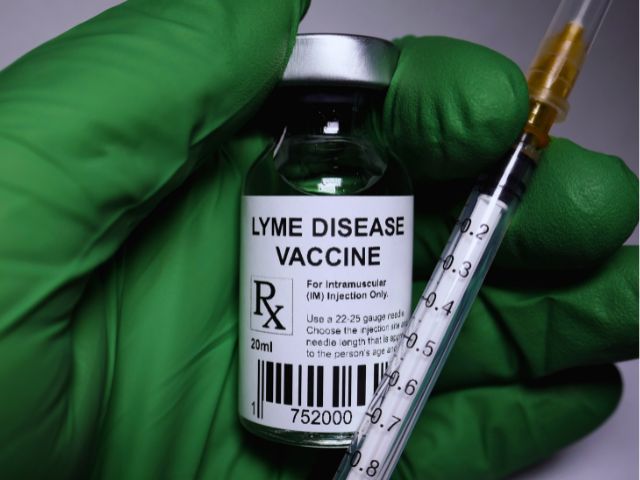Challenges in Developing a Vaccine
As mentioned earlier, Lyme disease lacks an effective vaccine. In 1998, the FDA approved LYMErix for the United States as a potential vaccine.
In 2002, because of concerns over human safety (a potential trigger between the vaccine and autoimmune disorders after patients developed arthritis-like symptoms), the vaccine was withdrawn from the market. The lack of an effective vaccine against Lyme disease is concerning given the long-term serious health consequences of the disease.
A small percentage of patients will develop chronic symptoms that can last for months or even years. Borrelia burgdorferi is a highly adaptive organism, capable of evading the immune system and changing its surface proteins to avoid detection. Scientists have made considerable progress in understanding the biology of the Borrelia bacterium and the way it interacts with the human immune physiology has led to new potential targets for vaccines and therapies.
There is significant scrutiny on the safety of any new vaccine for Lyme disease. Despite these challenges, the need for a vaccine for Lyme disease remains urgent as the tick population expands.
In recent years, renewed efforts to develop a safe vaccine have surfaced. In 2017, a vaccine called VLA15 entered phase II clinical trials. Pfizer and Valneva, a company based in France, developed the vaccine which targets six distinct types of the complex Borrelia bacterium.
Borrelia burgdorferi is a highly adaptive organism, capable of evading the immune system and changing its surface proteins to avoid detection. The vaccine is based on a protein found in the outer surface of the Borrelia bacterium and has shown promising results in early-stage clinical trials, and phase III clinical trials are ongoing.
By design, the multivalent nature of the vaccine protects against multiple strains of Borrelia, increasing its potential effectiveness.
Another challenge in developing a vaccine is the lack of funding and research resources. Lyme disease is not like high-profile diseases, such as cancer or heart disease, which receive significant research funding. As a result, there has been little investment in developing a Lyme disease vaccine.









